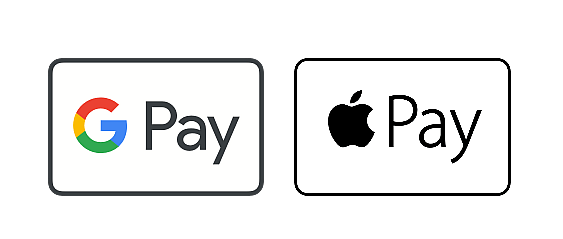When Can I Return to Run After an Orthopedic Sports Injury?
Whether it’s a weekend warrior or a professional athlete, this is often a patient’s most pressing question.
Orthopaedic, Sports Medicine
Member, Cedars-Sinai Kerlan-Jobe Institute Board of Directors
Co-Chair of Medical Affairs, Cedars-Sinai Kerlan-Jobe Institute
Director, FIFA Medical Centre of Excellence in Santa Monica
Team Physician, US Soccer National Teams

As an orthopedic surgeon specializing in sports medicine, the timing of when an athletes can “return to competition” is one of the most frequently asked questions of me – from the patients themselves, their parents (if they’re minors) and from the media, especially if I’m being interviewed about a professional athlete. The answer is rarely the same in every case and I am sure you can understand why. Recovery is as unique to the individual as is their genetic makeup, it really does depend on a wide variety of factors. However, for many common orthopedic injuries, there is usually a fairly consistent timeline for return to sport or active living and in the interest of providing at least some answer to this frequently asked question, let’s cover it here.
Strains and Sprains:
When most people think of the word “strain” it is often perceived as less serious than a sprain. That isn’t necessarily true, depending especially on where the strain has occurred. Calf strains for example usually take at least three weeks to heal on the low end and more severe strains can take up to three months to heal in some cases. Hardly a ‘no big deal injury’ is it?
On the other had, a minor ankle sprain could take less than a week to heal before a player is back out on the field. A major sprain to the ankle though could take up to six weeks of recovery time before completely healing.
As you can see, recovery timelines and return-to-play prognostications can be tough to give a blanket answer on when we’re asked the question – how long before I can get back to playing? What I will tell you is this – listen to your doctor. He or she isn’t interested in “holding you back” when they give you the recovery timeline for your injury. What they do want is to help your body completely heal so that you can get return to playing the sports and pariticapting in the activities you love while reducing the risk of further injury. Your job is to be a good patient and take the time required to recover properly. I promise you’ll be glad you did.
ACL Tears
Out of curiosity, I sometimes visit the Internet and type in search terms I think my patients might use when they’re “paging Dr. Google,” often in an effort to see what kind of misinformation is out there and how I can help correct it. Interestingly enough, when I begin to type in “ACL…,” Google smart-populates my search with this first option: “ACL recovery timeline.” I find this curious mainly because that pops up before “ACL Tear.” We sure are an impatient society, aren’t we? Before we want to know about the injury itself, we want to know how long it’s going to take to heal. Hurry up already!
First thing’s first – recovery duration depends on the nature and severity of the injury. The most common injuries to the knee consist of ACL sprains or tears and these are graded on a 3-tier severity scale. As you can imagine, the more severe the injury, the more time it may take to heal. And it should be noted that complete ACL tears will not heal on their own without surgical correction. In these cases, surgical reparation is performed and a period of physical therapy follows. The return-to-play timeline in this scenario is usually about six months. To an athlete that sounds like an eternity. But I will tell you this, I’ve seen some recoveries take less time and I’ve seen some take more. I’ve also seen some push it before they were ready, only to reinjure the knee and be sidelined for even longer while it heals. A word to the wise: Pushing a surgically reconstructed ACL before it is ready is never, ever a good idea.
Bone Fractures
In addition to being unique to an individual’s personal healing timeline, the timeline for healing of a bone fracture also depends on where the fracture is located. As you can imagine, the healing time on a pinky finger fracture (three-to-five weeks healing time) is typically going to be much shorter than the healing time for a broken collarbone (five-to-ten weeks healing time). Even after bones heal, in some cases physical therapy may be necessary to regain complete range of motion in the affected area. This can increase the return-to-play timeframe from weeks to months in some cases.
Sources:













